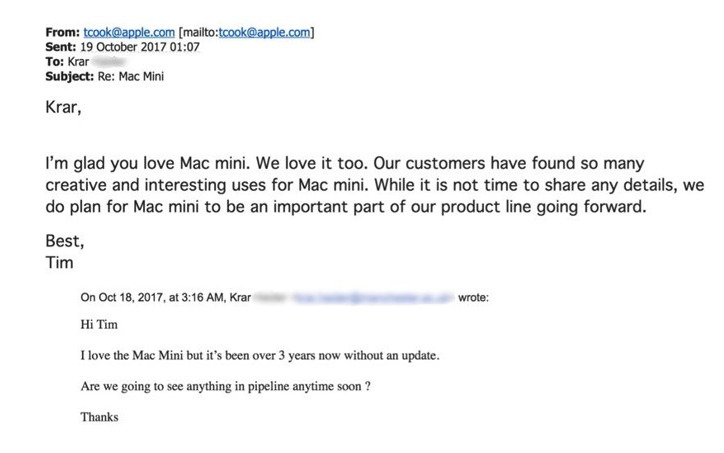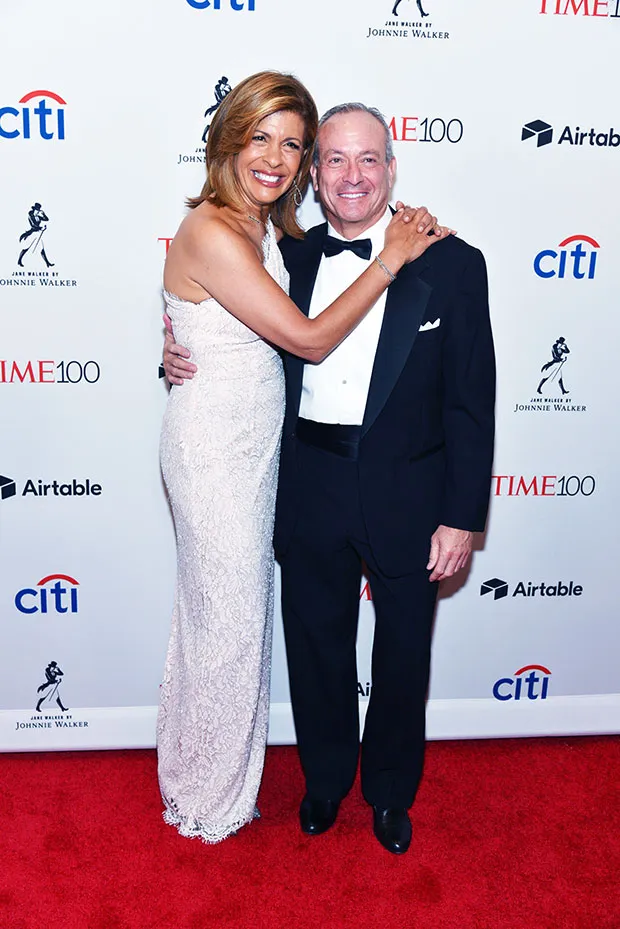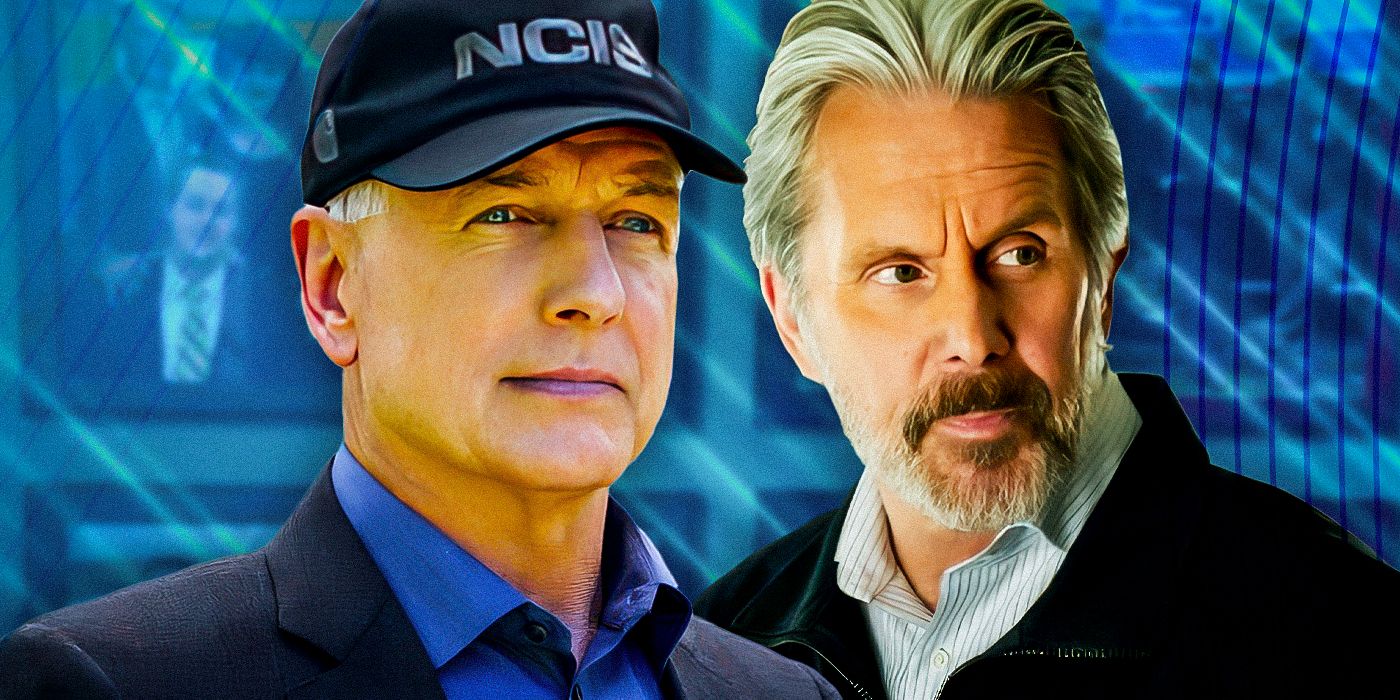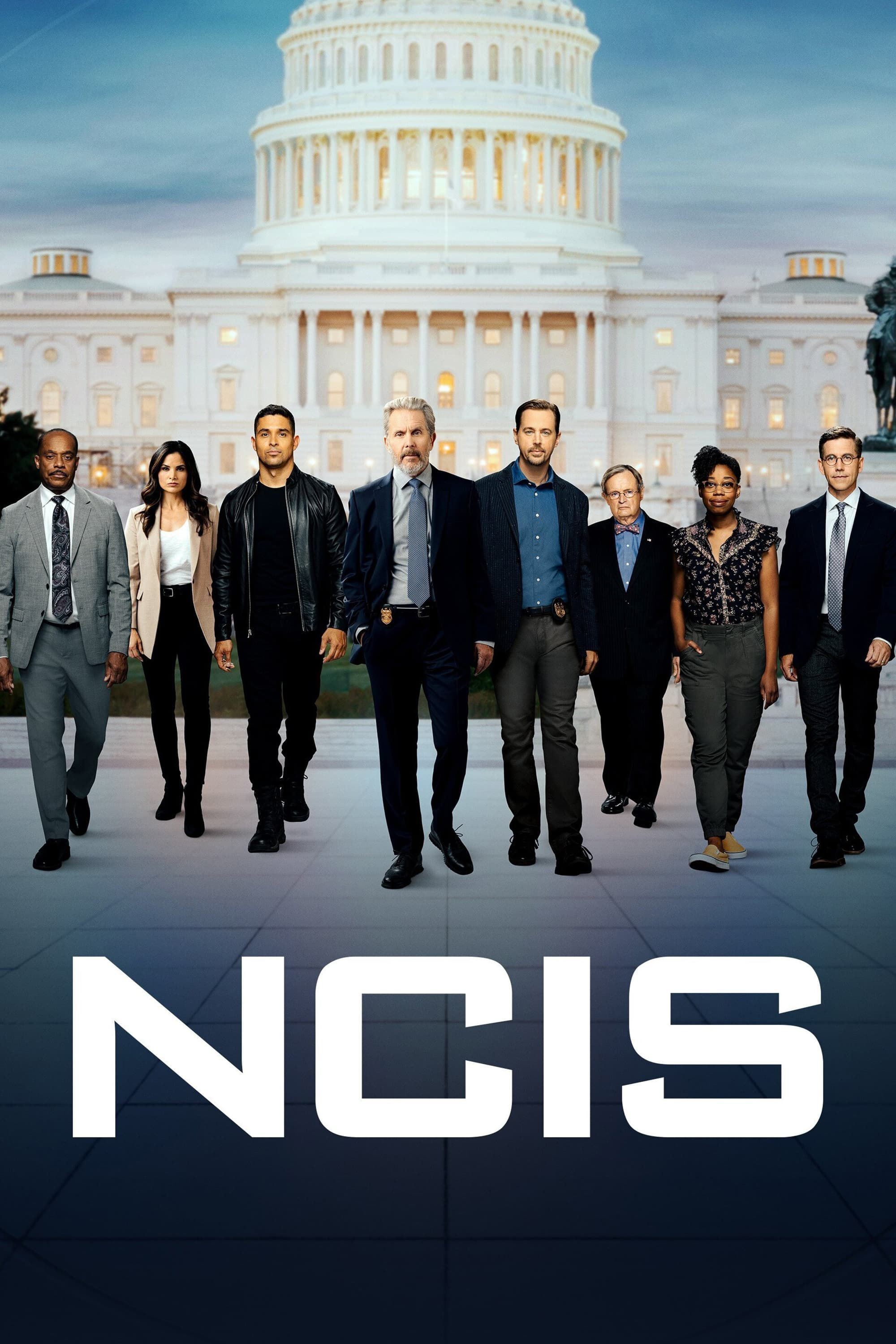It’s once again a fan favorite with its new M4 version, but 20 years after Steve Jobs launched the Mac mini, it has had an extraordinary life of rave reviews — and criticism.
Steve Jobs introduced the Mac mini with the explicit aim of attracting Windows switchers. Yet it never quite seemed to do what Apple wanted, and instead became a cult favorite Mac, even when the company has tried to forget about it.
Jobs unveiled the Mac mini on January 10, 2005. Apple didn’t issue a press release until the following day, though, and the Mac mini itself didn’t ship until January 22.
It’s the Mac that created an industry of firms that hosted hundreds and thousands of Mac minis for remote users. And it’s the entry-level machine that began as the most affordable Mac ever made, and still is — even though it now starts at $200 more than it did in 2005.
Being the cheapest Mac has of course helped its popularity, although you still need to buy a keyboard, display and mouse or trackpad to use it. But it’s small size has been an enormous factor in its popularity too.
That’s most apparent now with the M4 Mac mini being the smallest version by such a very long way, but it has always been the case. A small Mac mini brings the whole macOS experience in a tiny package — and lets firms more easily build up dozens and hundreds of them in server racks.
The M4 Mac mini hasn’t quite been universally well-received, but the only design criticism of it has been to do with the power button being on the bottom. And despite the base model being an undeniable bargain, Apple charges excessively for any upgrades.
Otherwise, everyone seems to love the little M4 Mac mini and everyone loved the original version in 2005.
Yet in between, the reception of the Mac mini and its various iterations has been nothing short of peculiar.
Launching the Mac mini in January 2005
Back in 2005, it was as if Steve Jobs knew we’d all heard the rumors, because his announcement seemed to skip through his usual build up. There wasn’t much stage-setting at all, as he launched straight in to what this new Mac would be.
In fact, it came during the same announcement where he unveiled the iPod shuffle. In that presentation, Jobs put up a slide with a question.
“Why doesn’t Apple offer a stripped-down Mac that is more affordable?” it asked.
“I wish I had a nickel for every time somebody asked that,” said Jobs, before pointing out that actually, Apple already did precisely that. He was talking about the company’s now long-discontinued Xserve servers, which were Macs in racks.
But, he then said, people who asked this question, never meant servers.
“[This] is not what they have in mind. They want a Mac that’s stripped-down, no display, no keyboard and mouse, but they have something else in mind,” he continued. “And so today we know what they have in mind, and we’re introducing it.”
Oddly, Jobs seemed to stumble a little over his speech, repeating that phrase about what people had in mind. And then he showed on screen the words “Mac mini” for the first time.
Watching the video now, it’s apparent that people weren’t too sure about the name. There’s applause, but the video shows people seemingly wondering if this was really the name.
That may have been because while there was precedent for it with the iPod mini that was released the previous year, no Mac had been named this way. There had been the prefix Power before, to make the Power Macintosh, there had been the Macintosh Portable, and before those the Mac Plus.
But otherwise the form had always been the word “Mac” followed by a designator like II, IIcx, or SE. There had not been “mini,” spelt with a lowercase initial letter.
So Jobs worked to underline the name, repeating it, leaving it on the screen, and drawing a comparison to that 2004 iPod.
“It’s called the Mac mini,” he said. “We think people understood the iPod mini, and we think they’re going to understand the Mac mini just as well.”
To some laughter, he then showed that original Mac mini with an iPod mini in front of it. The Mac mini is wider, but the iPod mini looked like it dwarfed the machine.
“So this is a very robust computer,” said Jobs, “but it’s very, very tiny.”
Nothing comes from nothing
The Mac mini did seem “very, very tiny,” but it also seemed like something else. It seemed like roughly half of the old Power Mac G4 Cube.
That failed machine had appeared to be the Steve Jobs’s ideal, it was his aesthetic for what a computer should be. And five years on from that flop, here was the Mac mini — closely replicating its form, but hopefully fixing the Cube’s constraints, and its $1,799 price.
If the Mac mini followed the failed Power Mac G4 Cube, though, it also followed the famous but seemingly unsuccessful Switcher ad campaign.
The campaign aimed to get Windows PC users to switch to the Mac. The reason it’s believed to have been a failure is that Apple dropped the whole campaign in 2003.
So Apple had this failed Cube Mac, and this unsuccessful attempt to win over Windows users. Consequently, Jobs made it very plain what Apple was aiming to achieve with this New Mac mini.
“We want to price this Mac so that people who are thinking of switching will have no more excuses,” he said, before describing the machine as “BYODKM.”
“What does that mean?” asked Jobs. “BYODKM. It means Bring Your Own Display, Keyboard, and Mouse. We supply the computer. You supply the rest.”
“So you can take Mac mini, and you can hook it up to let’s say our 20-inch Cinema Display, right?” he continued. “And our keyboard and mouse.”
“But the great thing about Mac mini is you can hook it up to any industry-standard display, keyboard, and mouse,” he said. “A lot of people already have a display and a USB keyboard and mouse, and so Mac mini will hook up to [those].”
That pricing started at $499, which Jobs repeatedly said made it the most affordable Mac Apple had ever made. “As a matter of fact, it’s the cheapest computer Apple’s ever offered.”
Applause
For a brief moment, the Mac mini shone. The New York Times called it “exceptionally elegant,” for instance, but then people started to use it.
In practice, users tended to find that, yes, it was tiny, but if you wanted anything more than the base version, Apple stung you for so much money that the Mac mini ceased to be anything like a bargain.
Some things never change.
Or rather, they don’t necessarily change much. The same criticism about costly upgrades does apply to today’s Mac mini, but there is a crucial difference.
Today at least a significant number of users can buy the base Mac mini and be perfectly satisfied. In 2005, if you bought the base version, you were in trouble.
The $499 Mac mini came with a 40GB hard drive and only 256GB of RAM. By July, perhaps in response to the criticism, Apple upped that to 512GB RAM.
Unlike today, you could upgrade the RAM yourself. However, you — literally — had to get a putty knife and use it to break open the case
First iterations
As well as that increase of RAM, Apple would soon revise the Mac mini with a more significant update. In 2006, Apple moved the Mac mini from PowerPC to Intel processors.
Plus, since enough users were repurposing the Mac mini as servers, Apple released a version specifically meant to be a server.
In comparison, the 2007 update was unremarkable, but still, two years after launch, the Mac mini was going strong.
Abandonware
There wasn’t any update in 2008, though. The belief at the time was that the Mac mini may have been great, may have been popular with its users, but it wasn’t selling well.
This was the first time that the Mac mini looked abandoned. It was not the last time.
But in 2009, Apple actually updated the Mac mini twice. And in 2010, five years after its original launch, the Mac mini got a significant redesign.
If the original Mac mini was a Power Mac G4 Cube chopped roughly in half, the 2010 Mac mini was the old version sliced in half again. The new, even smaller, version, was an aluminum unibody design and came in both a regular and a server version.
By now, though, Apple was selling the Mac mini for $699, more than it does today. There’s no question but that the M4 version is a total bargain, but back in 2010, AppleInsider pointed out that Apple was calling it “affordable” far less often.
Apple was still selling it as being for Windows switchers, but the new price was enough to destroy the idea of it meaning “people who are thinking of switching will have no more excuses.”
If it weren’t successfully winning over Windows users, it looked at the time that it was instead being bought chiefly by existing Mac owners.
Perhaps not sure what more it could do to get PC users to switch, Apple made minor updates over the next two years.
Following those updates in 2011 and 2012, there came another abandoned year. There was no update for the Mac mini in 2013, none at all.
Downgraded in 2014
There was a significant update for the Mac mini in 2014, but it was “generally regarded as a downgrade from the 2012 [version],” according to AppleInsider. That’s because while the price was cut back to $499, the then-new Mac mini was actually slower than its predecessor.
So despite Apple releasing a new model, there was once more the suspicion that the company had sidelined the Mac mini. Given that those people who used the Mac mini tended to become fans of the little device, it was a worrying time.
But, as it turned out, 2014’s downgrade was nothing compared to what happened next.
Nothing.
Apple released no new version in the whole of the next year, 2015. Or 2016.
Or 2017.
Apple just kept on selling the same device at the same price, for years. In 2017, Tim Cook weighed in on the criticism that Apple had abandoned the machine.
The attention was enough that Tim Cook responded publicly with an email insisting Apple loves the Mac mini.
Then Phil Schiller may have wanted to talk about the Mac Pro, but he was pressed into defending the Mac mini. “The Mac mini is an important product in our lineup,” he said.
Rivals leave the Mac mini behind
Apple’s executives could talk about loving the Mac mini, but they didn’t do anything about it — publicly. There was no update in 2017.
By 2018, Apple’s typical approach of just continuing to sell the same device at the same price for very many years saw it falling behind. Instead of being a bargain computer that would tempt Windows users over to the Mac, PC alternatives were now out-performing it.
Out-performed is possibly too kind a description, as AppleInsider concluded in 2018 that the Mac mini was being trounced.
Small but wide userbase
If Apple really did abandon a particular type of Mac, individuals who owned one could just carry on using theirs for years. But the Mac mini didn’t just have individual users, it also had firms whose whole business was centered on utilizing hundreds of the machine.
Those firms, and those individuals, finally got some good news in October 2018.
“This new Mac mini is an absolute beast on the inside,” said Tom Boger, head of Mac product marketing. “The number one thing our customers wanted us to do is give it more powerful processors… [so this is] by far the most powerful Mac mini we’ve ever made.”
Boger said that the new version was up to five times faster than its predecessor, and Apple had increased the storage, RAM, and processor cores.
Apple had also increased the price, making the base model $799. But for what you got, this was “the biggest update ever,” said Boger.
“Apple’s mightiest mini yet,” saidAppleInsider in its November 2018 review.
The Mac mini was back. All thoughts of Apple abandoning it were gone, and the new 2018 version was a hit.
Except there was no update in 2019.
Enter Apple Silicon
For the first time, though, there was a particularly special version of the Mac mini in 2020 — or if not special, at least niche. For $500, developers could buy a unique version of the Mac mini called an Apple Silicon developer transition kit.
They couldn’t keep it, but they could begin the work of moving their apps to the new Apple Silicon platform.
That was announced during the WWDC unveiling of Apple Silicon in June 2020. And then later that year, the Mac mini was one of the first Macs to be released with the then brand-new M1 processor.
It was a sea change in performance and capability for the Mac mini, and eventually for the whole Mac line. That lineup would also come to include the first brand-new Mac since the Mac mini, the Mac Studio in 2022.
On to today
On the face of it, the Mac mini of today is still Apple’s attempt to have the lowest-cost Mac possible. The company no longer talks about getting Windows users to switch, and perhaps because it’s so successful that it no longer needs them.
But the Mac mini with Apple Silicon — first the M1, then M2 and M2 Pro in 2023 — has blurred the lines of the entire Mac lineup. That very first M1 Mac mini was sometimes capable of outperforming the Mac Pro, Apple’s top of the line Mac.
Then the Mac Studio came in above the Mac mini, both in terms of price and performance. The Mac Studio completed the Mac mini’s hatchet job on the Mac Pro, making the most expensive Mac only worth right for the most niche of uses.
Yet then in 2024, the Mac mini gained the M4 and M4 Pro processors — while the Mac Studio is currently stuck on the M2 Max and M2 Ultra chips.
So even if the current Mac Studio and Mac Pro can beat the Mac mini for performance, the “very, very tiny” machine is no longer a cut down device for switchers.
As well as the gaining the new M4 and M4 Pro processors, though, the reason the latest Mac mini has been widely praised is its size.
You know that it is much smaller, at 5 inches by 5 inches, but it’s hard to appreciate just how tiny that is until you see it in person. Photographs don’t convey how small this machine is.
So even if you haven’t succumbed to buy one yet, take a trip to an Apple Store to see one in person. And while you are there, check out the Mac Studio too.
For the Mac mini is smaller than you realise — and the Mac Studio now seems huge next to it.
Apple will now always sell more of the MacBook Pro and MacBook Air than any desktop Macs. But of those desktop Macs, the Mac mini has had the most remarkable life — and is currently the star of the lineup.
We’ll just have to see what Apple does with it in 2025.
This story originally appeared on Appleinsider



























